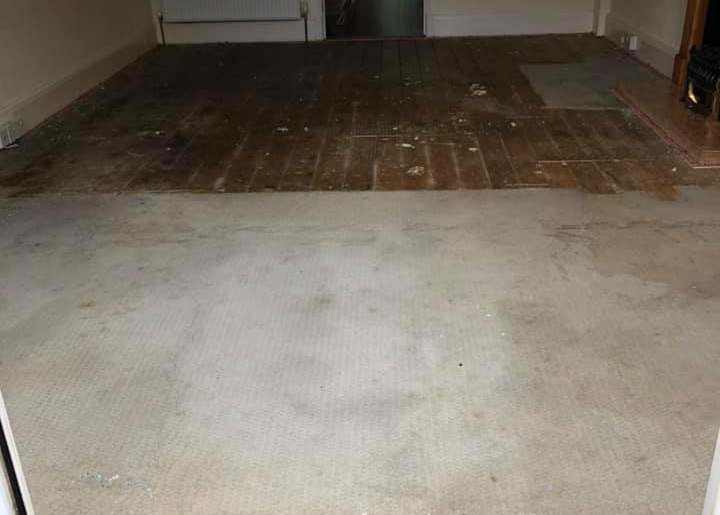FLOOR PREPARATION NOTTINGHAM
GET A QUICK FREE FLOOR PREPARATION QUOTE
SEND ANYTIME 24/7
Floor Preparation Quote Request
Floor Levelling Nottingham
Before we look at installing and rigid flooring - such as wooded, laminate or floor tile, we must first make sure that your subfloor is even enough. When installing rigid flooring, it is important to ensure that the surface is flat and in level plane. This is necessary because if rigid flooring materials are not installed on flat and level surface a number of short and long term issues can arise for your flooring. If for example a floor plank if fitted over hump, which may not be obvious from simply looking at your sub floor the hump will act as the fulcrum to cerate a miniature seesaw. Whilst a build up of adhesive may be possible for a tile floor - for laminate or hardwood this will most likely result in one side of the board lifting up or, depending on the amount an position of weight across the plank could possibly cause the plank to split. Floor levelling in Nottingham for any of our customers we see as fundamental part and duty before fitting any rigid floor. We at Flooring Nottingham do not want to be associated with a flooring installation which after a short or even longer period of time results in loose boards or tiles, or even cracks and breaks which could be put down to installing on an uneven sub floor.
Floor Preparation
As we've mentioned floor preparation is really important for rigid flooring to ensure you have a great fit and a floor, which will last for a long time. When it comes to preparing a floor there are three main options to choose from and which one is used will depend on a number of things.
For a downstairs floor which is cement the option we would generally select would be screeding. Some houses will have wooden floor boards downstairs but these are mostly found upstairs in most properties and when we are referring wooden floors this will normally be long wooden planks resting across the joists or more rectangular boards likely to be OSB and occasionally plywood.

Floor Levellers Nottingham
When dealing with an uneven or loose existing wooden floor the first thing we will try and do is see if simply re-fixing down any floorboards will sort out the issue. If you have a board which is broken we can simply replace it to provide a good base. In a number of older homes floorboards may have quite large gaps between them which may negatively effect the fixing down of your new floor but may be quite flat. In this instance fixing a thin layer of OSB boarding will often do the trick. Where there are larger sections of broken, loose or sloping boards the solution may well be to lift them all up and fix down a new layer of OSB or Plywood flooring, which we can fit onto the joists in such a way to adjust for any sloping which was there initially. Oonce done we should have an excellent flat sub floor suitable for your flooring to be fitted on.
Floor Screeding in Nottingham
Screed is often referred to as cement but there are some differences. Screed is mostly understood to be a flooring product within the construction industry and many new homes will have a screed floor all along the downstairs of their property and most likely in and out buildings such as a garage.
When we carry out floor screeding in Nottingham mostly this will be to provide a perfectly flat and string floor downstairs prior to fitting floor tiles, vinyl tiles an laminates. Vinyl rolls and carpets don't need to same level of precision when it comes to flatness since they are both flexible and can mould over slight imperfections. However, for vinyl in particular if there are some sizable divots or lump these will become more obvious once a vinyl flooring has been laid.
As there are different types of floor screed it is important we install ones which will be most suitable for the room and floor. There are floor screeds that are designed for wetter rooms such as bathrooms and those which work really well with underfloor heating, as well as those designed for drier rooms. Floor screed can also come in board format although as well as free flowing. Whilst there are many subtle variants and brands of screed for various types of flooring board screed can broadly be classified into two camps. The first being single-ply screeds. These comprise of a single layer of synthetic polymer resin bonded to a substrate of wood or plastic board, then topped with a screed topping of sand and cement screed. The other type is known as a two-ply screed board which is made by double layering a resin bonded to the upper layer of wood or plastic board, which again is finished with sand and cement screed topping.
We almost exclusively use liquid screed as the fact that it can flow means that it will self level. So if we establish that you have a slope down one side of your subfloor we can simply apply the flooring screed to that side until it comes up to the same level as the other side thereby providing a uniformed flat floor across the whole room. We may apply a thin layer of floor screed to cover the whole room in some instance if height will allow as this will ensure you have a completely flat surface everywhere and we are fixing your floor to the exact same sub base throughout which will always lead to be better more consistent floor fitting. Screed is available as both premixed or dry which will need mixing with water on site. Again which we decide on using will depend on total size of the floor area requiring screeding, access to the room and sometimes whether or not the property will be in use when floor screeding. If this screeding is required for a new extension, which doesn't have heating and is perhaps still a little exposed to the elements we will ideally need to wait for temperatures to be above 5 degrees. Similarly if it is a hot summer day it is not advised to apply floor screeding when the temperature is above 25 degrees as this will influence the speed of curing which may prevent the screed from having enough time to self level properly.
